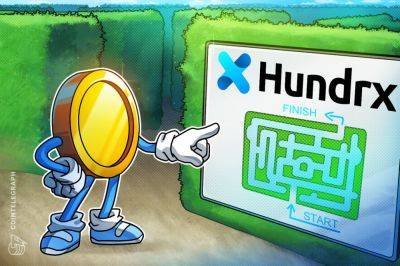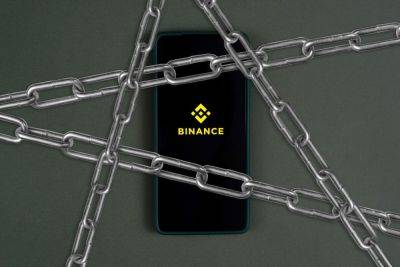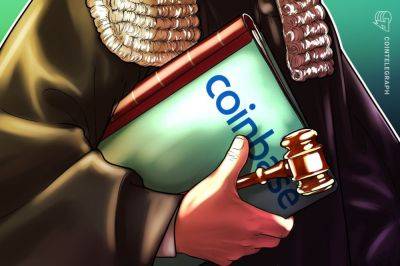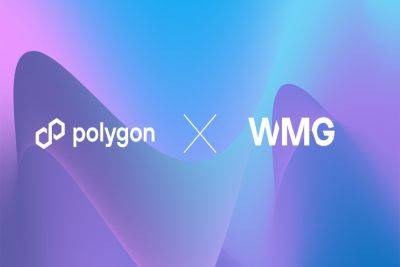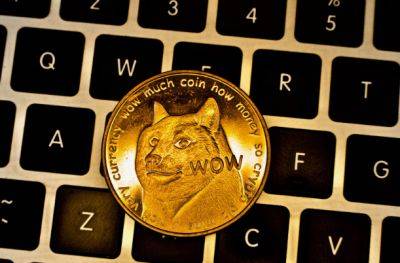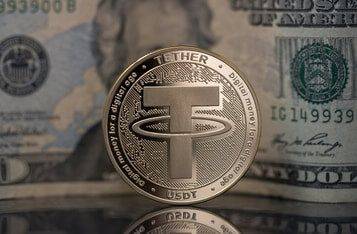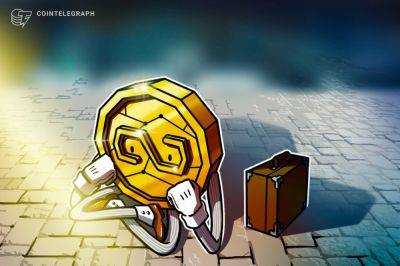Exploring DeFi: Revolutionizing finance through Blockchain and Decentralization
In contemporary times, the world of finance has experienced a remarkable transformation, giving rise to a revolutionary concept known as Decentralized Finance , or DeFi. Built on the principles of Blockchain technology , DeFi has the potential to redefine conventional financial systems.
This mechanism provides Lending, Borrowing, Derivatives, Liquidity Provision, Trading, Asset Management, Insurance, Oracle, and other traditional financial products on the Blockchain without brokers. Everyone can participate, ushering in an era of financial democratization that is faster and cheaper.
Additionally, it offers greater accessibility, transparency, and control to individuals worldwide, irrespective of geographical jurisdiction. If you’re new to DeFi, this piece will provide a comprehensive introduction to its workings, utilization, pros and cons, the future it holds, and how it compares to Centralized Finance (CeFi).
At its core, DeFi refers to a decentralized financial ecosystem that operates without intermediaries, such as banks or other centralized institutions. Instead, DeFi relies on Blockchain technology, primarily Ethereum, to create Smart Contracts —self-executing agreements that facilitate and automate financial transactions.
These Smart Contracts, powered by decentralized applications (dApps), enable users to engage in various financial activities, including lending, borrowing, trading, investing, and several financial products and services. Guided by codes and immune to immutability and fraud, it is peer-to-peer.
DeFi opens up a world of possibilities for individuals seeking to participate in financial activities without relying on traditional institutions. Here are some of the fundamental
Read more on guardian.ng

 guardian.ng
guardian.ng